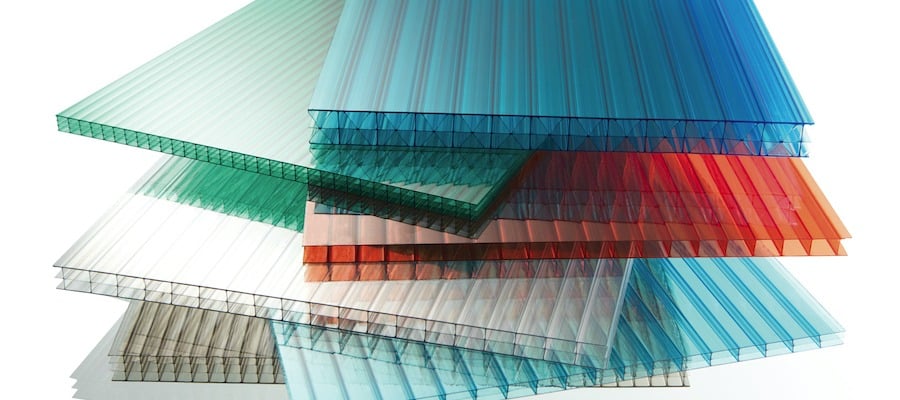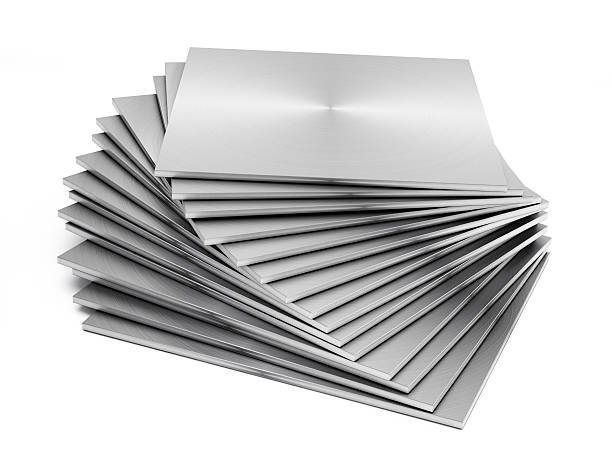Introduction: Why Hardshell Suitcases Dominate American Travel
The U.S. travel landscape—spanning bustling cities, sprawling highways, and diverse climates—demands luggage that’s as versatile as it is durable. Hardshell suitcases have surged in popularity, with 72% of frequent U.S. travelers opting for polycarbonate or aluminum models over softside bags (Travel Goods Association, 2023). This guide dives into the science, regulations, and practical strategies for choosing a hardshell suitcase tailored to American roads, skies, and weather extremes.
Section 1: The Science of Hardshell Materials
Polycarbonate vs. ABS vs. Aluminum: What You’re Really Paying For
- Polycarbonate:
- Impact Resistance: Absorbs 2.8x more force than ABS, surviving drops from 10ft (ASTM D5420 testing).
- Flexibility: Unlike rigid aluminum, it flexes under pressure, reducing crack risk.

- Aluminum:
- Security: Nearly impossible to slash, but weighs 30% more.
- Temperature Tolerance: Withstands -40°F to 212°F, ideal for Alaska winters or Arizona summers.

- ABS Plastic:
- Budget-Friendly: Lighter than aluminum but warps above 104°F.

Case Study: A 2023 Consumer Reports test found polycarbonate suitcases retained integrity after 50+ baggage carousel cycles, while ABS cracked at 35 cycles.
Section 2: Climate Challenges: From Miami Humidity to Montana Snow
Heat and Cold Resilience
- Desert Travel: Polycarbonate resists warping up to 122°F—critical for Phoenix summers.
- Sub-Zero Durability: Aluminum handles -22°F without brittleness, perfect for ski trips.
- Humidity Defense: Look for anti-mold liners and silica gel compartments to protect electronics.
Regional Packing Hacks
- Coastal Areas: Use waterproof packing cubes to guard against sudden rain.
- Mountain Trips: Reinforced corners prevent damage during rough Jeep transfers.
Section 3: TSA Compliance and Airline Policies
Navigating TSA Locks
- Approval Codes: Only locks with a TSA007 or TSA006 stamp allow agents to inspect without breaking them.
- Biometric Locks: Emerging tech lets you unlock via fingerprint, but ensure they’re TSA-recognized.
Airline Size Wars: Carry-On Chaos
- Domestic Variations:
- Southwest: 10” depth limit for free overhead bin access.
- Delta: 22” x 14” x 9” with weight ≤15lbs.
- Checked Luggage: Opt for 28”+ hardshell suitcases with FAA-approved fire retardancy for long hauls.
Section 4: Urban Durability: Wheels, Handles, and Sidewalk Survival
Wheel Engineering for Cityscapes
- Double Spinners: Endure 45+ miles on NYC sidewalks (vs. 28 miles for single wheels).
- All-Terrain Tires: Gel-filled wheels absorb shocks on potholed streets like Chicago’s.
Handle Ergonomics
- Telescopic Handles: Adjustable heights reduce back strain during sprints through O’Hare.
- Anti-Wobble Tech: Aluminum cores prevent handle jiggling on cobblestone streets in Boston’s historic districts.
Section 5: Packing Smart: Maximizing Hardshell Efficiency
Compression Mastery
- Cross-Packing: Layer clothes vertically to utilize the suitcase’s rigid structure.
- Tech Zones: Use padded laptop sleeves with shockproof foam (tested to MIL-STD-810G standards).
Pro Tip: Roll denim and knits, fold formalwear flat against the suitcase’s curve.
Section 6: The Buyer’s Checklist
- Material: Polycarbonate for flexibility, aluminum for security.
- TSA Lock: Certified TSA007 code.
- Wheels: Double spinners with sealed bearings.
- Warranty: Minimum 5-year coverage for cracks.
- Weight: ≤10lbs for carry-ons.
Section 7: Maintenance and Repairs
- Crack Fixes: Use epoxy resin for polycarbonate; aluminum requires professional welding.
- Wheel Replacement: Brands like Briggs & Riley offer mail-in services.
DIY Hack: Apply car wax to scuff-prone areas for scratch resistance.
FAQs
Q: Can hardshell suitcases expand?
A: Yes! Look for dual-zip expansion systems (1–2” extra space).
Q: Are they heavier than softside?
A: Polycarbonate averages 8–10lbs vs. softside’s 6–8lbs.
Conclusion: Future-Proofing Your Travel
With airlines tightening policies and climate extremes rising, a hardshell suitcase isn’t just luggage—it’s a strategic investment. Prioritize adaptability, compliance, and resilience to conquer American travel’s unique demands.



























